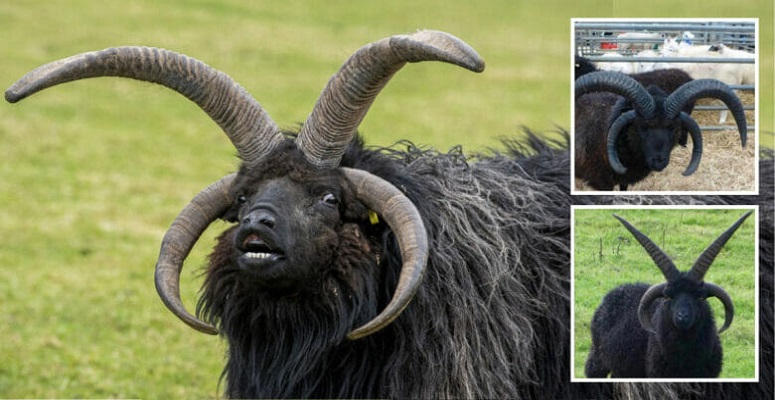The Hebridean sheep are a small black breed native to Scotland. They are related to the Shetland and North Ronaldsay breeds and the rest of the North European short-tailed group.
Because of their small tails, tail docking is unnecessary.
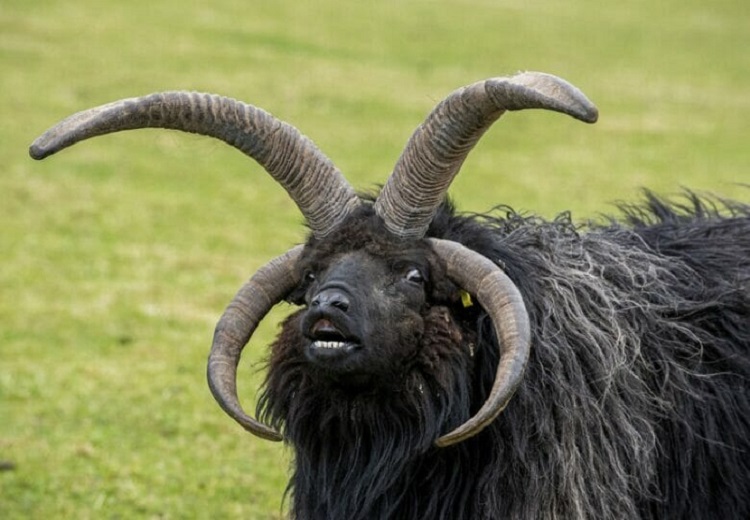
The Hebridean breed of sheep is distinguished by its many horns. Sheep and goats can have anywhere from two to four horns, and in rare cases, a ewe will be born without any.
There are more two-horned sheep than four-horned ones. Stick makers value the horns of adult two-horned rams.
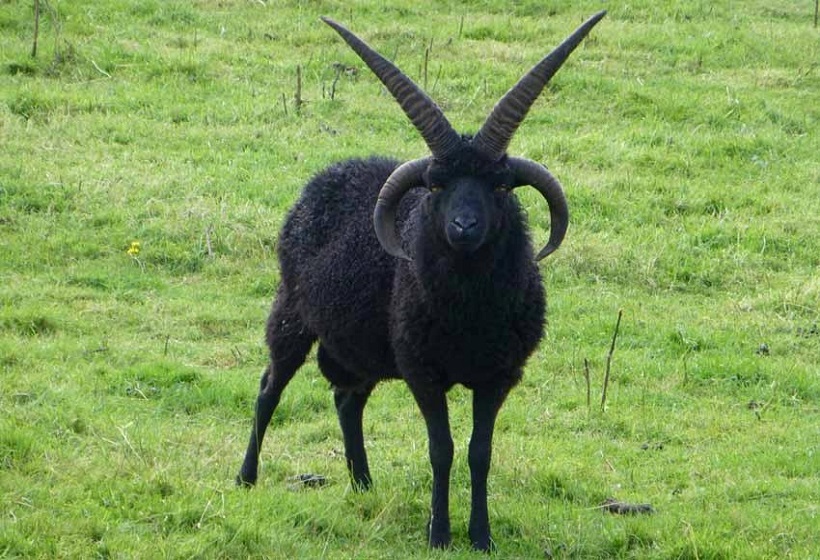
The Hebridean sheep breed is known for its small size, delicate build, and striking good looks. Ewes reach maturity at a weight of about 40 kilograms, while rams are significantly heavier.
Because of their small size and light weight, Hebridean sheep cause less harm to wet forage than larger breeds.
In addition, they are less likely to experience foot issues thanks to the hardness of their black hooves.
There is typically no wool on the face or legs, and the sheep have black wool that turns brown at the tips when exposed to the sun and turns grey as they age.

Hand spinners often seek Hebridean fleeces for their unique color variation.
The fleece is actually two layers of fabric, the inner one being soft and insulating and the outer one being coarser and rain-resistant.
A Hebridean can shrug off the rain by simply shaking its coat. This characteristic remains in the final woolen product.
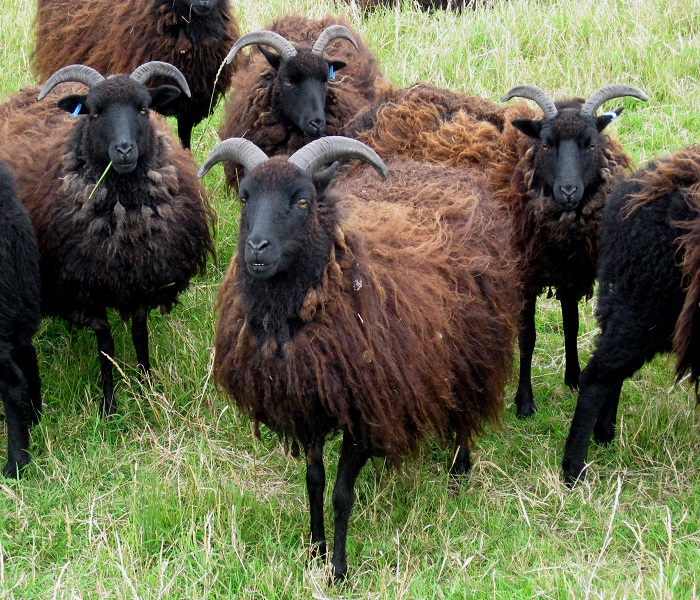
Because of their resilience and ability to survive under harsh grazing conditions, Hebrideans are frequently utilized as conservation grazing animals in order to preserve and protect natural grassland and heathland habitats.
Given their great affinity for browsing, they are excellent at clearing up scrub.
Because sheep prefer to browse, hedges alone are insufficient as sheep-proof barriers: stock fence is required.
Hebrideans are easy to care for despite being a primitive breed with all the energy that entails.
They respond well to commands and can be trained to follow a bucket. Dogs trained to herd sheep can also be used to manage them.
Since Hebrideans flock well and move more rapidly and readily than lowland sheep, they present a new challenge to the dogs being trained by many sheepdog trainers.
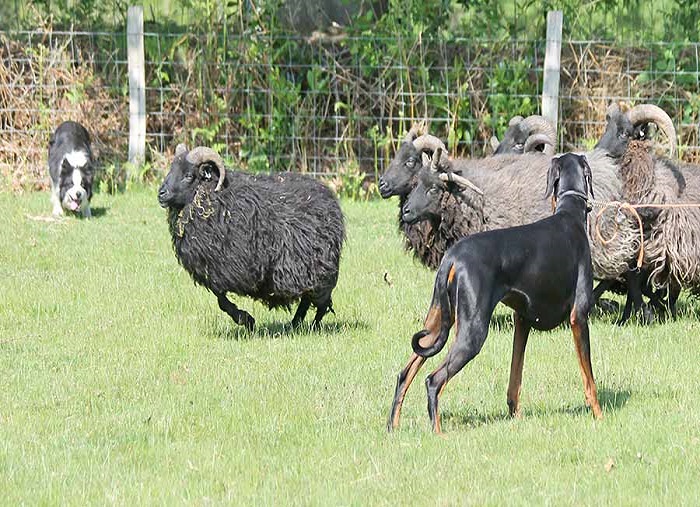
Adults of this species rarely reach a body condition score of 3 or higher, even with proper care.
In addition to being lean, the meat is dark in color, juicy, and flavorful.
Hebridean muscle tissue and lipids reportedly contain far less cholesterol than those of other popular breeds.
Due to their late autumn birth, primitive breed lambs are sometimes finished as old season lamb (or hogget) the following year, extending the sales season with sweeter but still lean meat.

Over the years, natural selection has bred Hebridean ewes for weather resistance, low labor time during lambing, high milk production, and strong maternal instincts.
This breed is quite productive, with ewes typically having twins and shearlings typically having singles.
Lambs are full of life and eager to start nursing right away. This vigor is transmitted to the offspring of a crossbreeding pair of lambs.

The Hebridean ewe is once again playing an important part in contemporary agriculture and environmental land management since low intensity, low input farming is the only viable alternative for many of our harsher regions.
Hebrideans have not been genetically altered by artificial selection, thus they are still a tiny, economically effective breed of breeding ewe that may surprisingly produce high-quality offspring from a variety of different crosses.
In tests, Hebridean flocks consistently outperformed commercial ewes in terms of revenue generated per acre.

